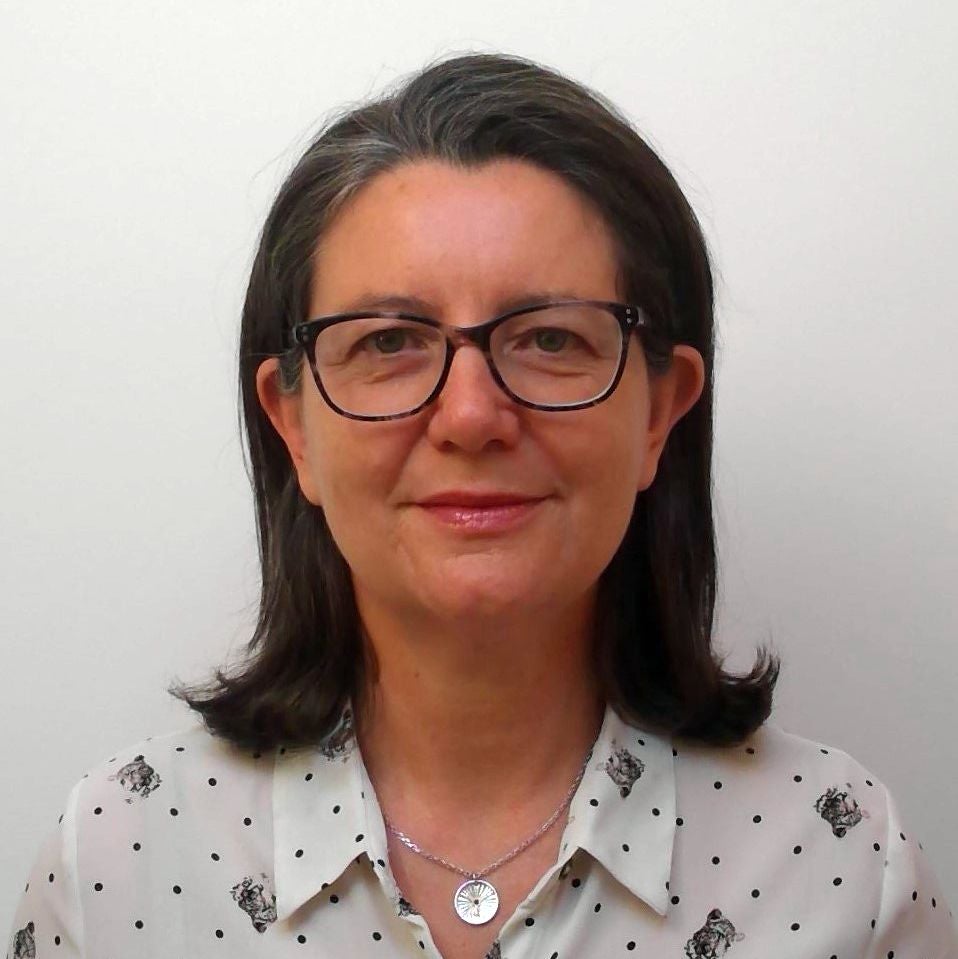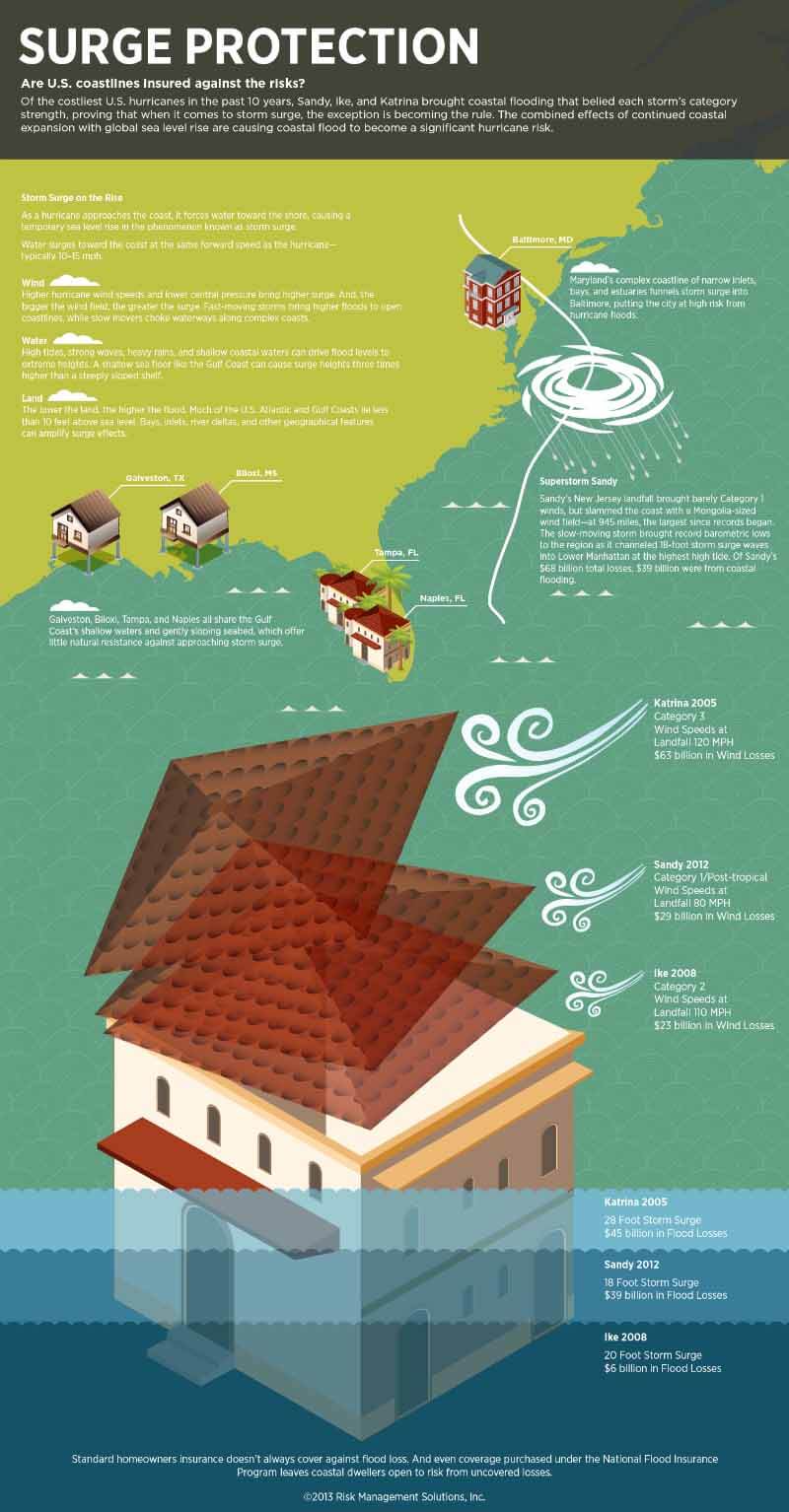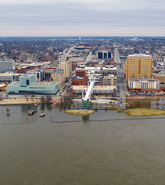Claire Souch
Vice President, Global Models and Climate RiskClaire has extensive experience delivering climate and catastrophe risk modeling solutions globally for 20+ years. She is responsible for RMS’ global climate risk models across insurance and non-insurance applications.
Claire has held previous positions as a Disaster Risk Finance consultant for climate risk, as head of global R&D at AgRisk focusing on agriculture risk solutions across Asia, as global head of Catastrophe Model Evaluation at SCOR, and 15 years previously at RMS leading global Model Product Strategy. She has served on multiple industry task forces and contributes regularly to conferences, working groups, and publications.
Claire holds a BSc in Environmental Science and a Ph.D. studying drought impacts on renewable energy crops from Cranfield University.






